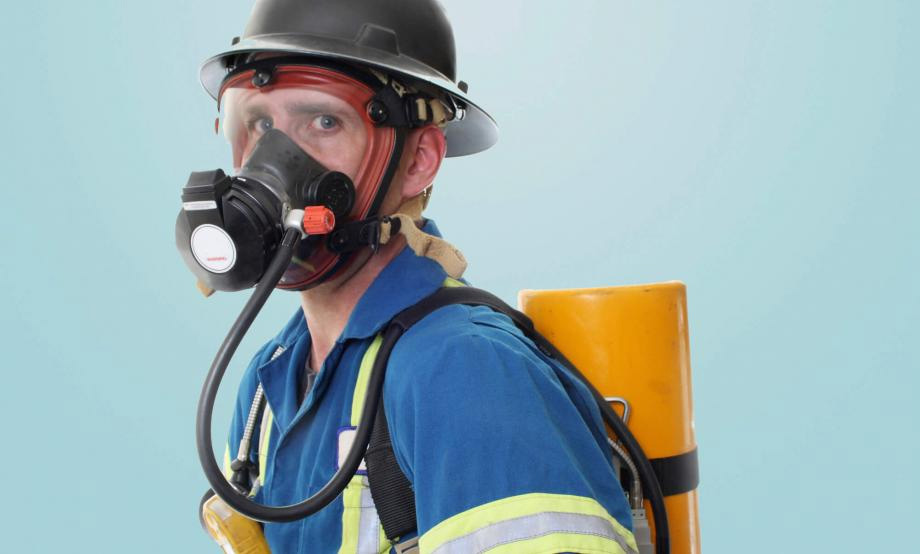You might not be familiar with hydrogen sulfide, also known as H2s, but you’ve definitely smelled it. H2S is easily identified by the rotten-egg-smelling odor that it gives off. This smell isn't the only thing you should know about H2S - this very common gas is very toxic and extremely hazardous.
In our last blog, we went over the common sources of H2S. In this month's blog we will look at the hazards associated with H2S and ways to keep yourself safe.
The Hazards of H2S
H2S is extremely toxic. The human body has a natural tolerance to low level’s (below 2 ppm) of H2S gas. It is when concentrations of this gas increase that cause health problems and even death when it is inhaled, consumed or comes in contact with skin. This toxic gas is quickly absorbed by the lungs, so the dangers and reactions can occur quickly. The effects are different based on the concentration of the gas in the area. Here are some common dangers:
- Exposure To Low Levels (10 ppm or less). This level of exposure can cause burning eyes, coughing and shortness of breath. Repeated or prolonged exposure to low concentration levels can cause fatigue, headaches, fatigue, eye inflammation, insomnia, and weight loss.
- Exposure To Moderate Levels. This level of exposure can result in severe eye irritation, severe respiratory irritation, headache, nausea, vomiting, and staggering.
- Exposure To High Levels (100 ppm or higher). This level of exposure can be life-threatening. Effects include shock, convulsions, inability to breath, rapid unconsciousness, coma, and death.
How to Keep Yourself Safe from H2S Exposure
There are several things that you can do to safely work in environments that could have H2S present. The three most common methods of keeping yourself safe are:
- Personal Protective Equipment. Personal Protective Equipment (PPE) can prevent health problems caused by H2S exposure. If you could potentially be working in an area with H2S, you should wear full-face air-purifying respirators and self-contained breathing apparatuses (SCBA) or supplied air lines. You should also wear protective gloves and clothing made from materials that cannot be permeated or degraded by the substance.
- Proper Ventilation. If you are working in a space that could contain H2S, make sure that there are ventilation systems and proper engineering controls that can remove gas from the work space. Since H2S is also flammable, this adds an extra level of protection from the dangers of this gas.
- Training. Anyone working around H2S is required by law to be H2S trained. In Alberta, workers are exposed to H2S most often during drilling and production of natural gas, crude oil and petroleum products. Hydrogen sulphide can also accumulate in sewers, sewage treatment plants or hide storage pits in the tanning industry. Well drillers, tunnel workers and miners may be exposed when underground pockets of hydrogen sulphide are encountered. Hydrogen sulphide is also a raw material in manufacturing. If you work, or plan to work in any of these industries, you will need to take H2S Training.
We can help you with that!
Our eight hour H2S Alive course will help you understand how to work safely with H2S, important properties of H2S (eg. toxicity, door thresholds and flammability), precautions to take to ensure your safety, and rescue and first aid as it applies to H2S exposure.

